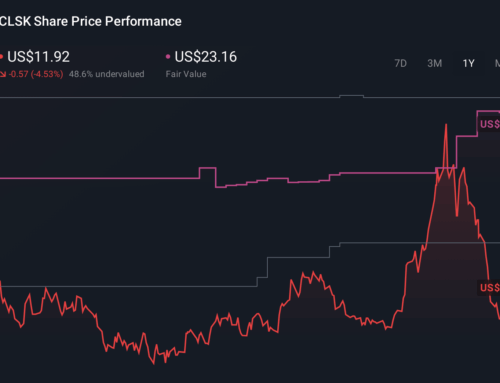Chart: Republicans take aim at clean energy boom benefiting GOP most
May 16, 2025
{
let winScroll = document.body.scrollTop || document.documentElement.scrollTop
let height = document.documentElement.scrollHeight – document.documentElement.clientHeight
percent = Math.round((winScroll / height) * 100)
}”
x-cloak
class=”absolute inset-x-0 bottom-0 z-50 lg:hidden”
>
Clean energy journalism for a cooler tomorrow

House Republicans introduced legislation on Monday that would gut the Inflation Reduction Act. If the proposed rules become law, it will lead to more greenhouse gas emissions — and threaten hundreds of billions of dollars’ worth of economic development in regions represented in Congress by Republicans.
A vast majority of the clean energy projects announced after the Inflation Reduction Act was enacted benefit Republican-led congressional districts, per the latest update from the Clean Investment Monitor, a joint project from research firm Rhodium Group and experts at the Massachusetts Institute of Technology.
The budget proposal introduced Monday by the House Ways and Means Committee would not outright repeal the Inflation Reduction Act. Instead, it’d saddle the law’s various clean energy incentives with confusing and difficult-to-meet requirements, and phase many of the tax credits out sooner than current statute does. A former Biden administration Treasury official described it to Canary Media as “a backdoor repeal.”
If passed in its current form, the proposal would have a crushing effect on the booming U.S. clean energy industry, according to a separate preliminary analysis released Tuesday by Rhodium.
Since the Inflation Reduction Act was signed into law in August 2022, companies have invested a total of about $320 billion into clean energy projects in the U.S. and plan to spend more than $500 billion on top of that to build cleantech factories, low-carbon industrial facilities, and installations of solar, batteries, and other renewables. Nearly 80% of the dollars already spent went to Republican districts, and three-quarters of planned investment will go to those areas.
As law, the Ways and Means proposal could derail a lot of that outstanding spending — and even some of the projects already under construction or operational.
Rhodium’s preliminary analysis found that somewhere between 57% and 72% less clean energy would be added to the grid over the next decade under a repeal scenario, while somewhere between 16% and 38% fewer EVs would be on the road by 2035 than if the law was preserved as is.
Those declines in clean-energy and EV adoption would mean less demand for manufacturers who plan to build factories to produce electric vehicle batteries, solar panels, wind transmission cables, and other cleantech in the States. They would have to reevaluate whether their factories still make sense under an entirely different set of economic conditions — and it’s likely that the answer would be “no” for many.
Already, thanks to the Trump administration’s trade and policy uncertainty, manufacturers of clean energy technology are abandoning projects at a rate not seen in the post-Inflation Reduction Act era. Nearly $7 billion worth of clean-energy manufacturing projects were canceled in the first quarter of the year alone.
Monday’s House Ways and Means proposal may never make it into law as is; some Republican senators and representatives are quickly coming out in opposition to the tax-credit changes. But the aggressive nature of the proposal will do little to restore the confidence of companies already wavering on domestic clean energy projects amid the chaos of the Trump administration.
Search
RECENT PRESS RELEASES
Related Post




